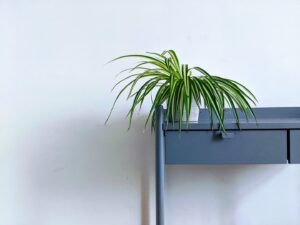Indoor gardening has become a popular hobby for many people who want to enjoy the benefits of growing plants but don’t have access to outdoor space. If you’re interested in indoor gardening, choosing the right plants is key to ensuring success. In this blog, we’ll discuss some of the best plants for indoor gardening and provide tips for their care.
Spider Plant
Spider plants are one of the easiest plants to grow indoors, making them a great choice for beginners. They thrive in bright, indirect light and prefer well-drained soil. Spider plants are also excellent air purifiers, making them a great addition to any home.
Pothos
Pothos is another easy-to-grow plant that’s perfect for indoor gardening. They can grow in low light conditions, although they prefer bright, indirect light. Pothos also prefer well-draining soil and only need to be watered once the top inch of soil feels dry.
Snake Plant
Snake plants are known for their air-purifying abilities and their ability to thrive in low light conditions. They prefer well-draining soil and only need to be watered once the top inch of soil feels dry. Snake plants can also tolerate a range of temperatures, making them a great choice for those who want a low-maintenance plant.
ZZ Plant
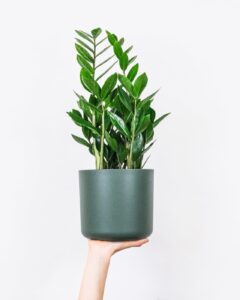
ZZ plants are another low maintenance plant that’s perfect for indoor gardening. They can tolerate a range of light conditions, although they prefer bright, indirect light. ZZ plants also prefer well-draining soil and only need to be watered once the top inch of soil feels dry.
Chinese Evergreen

Chinese evergreens are known for their ability to tolerate low light conditions and their air-purifying abilities. They prefer well-draining soil and only need to be watered once the top inch of soil feels dry. Chinese evergreens are also available in a range of colors and patterns, making them a great choice for those who want a visually appealing plant.
Peace Lily

Peace lilies are another plant that’s known for their air-purifying abilities. They prefer bright, indirect light and well-draining soil. Peace lilies should be watered when the top inch of soil feels dry, and they should never be allowed to dry out completely.
Philodendron
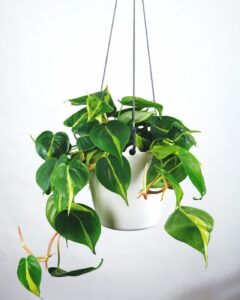
Philodendrons are a popular indoor plant because of their ease of care and their ability to thrive in low light conditions. They prefer well-draining soil and only need to be watered once the top inch of soil feels dry. Philodendrons are also available in a range of sizes and shapes, making them a great choice for those who want to add some variety to their indoor garden.
English Ivy

English ivy is another plant that’s known for its air-purifying abilities. They prefer bright, indirect light and well-draining soil. English ivy should be watered when the top inch of soil feels dry, and they should never be allowed to dry out completely.
Aloe Vera
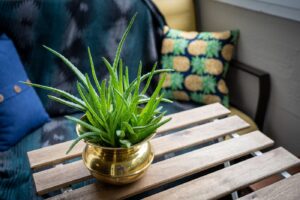
Aloe vera is a popular plant because of its medicinal properties. It prefers bright, indirect light and well-draining soil. Aloe vera should be watered when the top inch of soil feels dry, and they should never be allowed to dry out completely.
Boston Fern
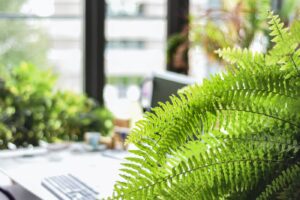
Boston ferns are a popular indoor plant because they thrive in humid conditions. They prefer bright, indirect light and well-draining soil. Boston ferns should be watered frequently to keep the soil moist, and they should be misted regularly to maintain humidity levels.
Caring for Indoor Plants
Once you’ve chosen the right plants for your indoor garden, it’s important to care for them properly. Here are some tips for caring for indoor plants:
- Watering: Each plant has different watering needs, so it’s important to understand how often your plants need to be watered. Overwatering can be just as damaging as underwatering, so it’s important to find the right balance.
- Light: Most indoor plants prefer bright, indirect light, but some can tolerate lower light conditions. Make sure to place your plants in the right location based on their light preferences.
- Humidity: Some plants, like Boston ferns, prefer high humidity levels. Misting your plants or placing a tray of water nearby can help increase humidity levels.
- Soil: Use well-draining soil for your plants to prevent overwatering and root rot.
- Fertilizer: Indoor plants also need nutrients to thrive, so it’s important to fertilize them regularly. Follow the instructions on the fertilizer package and only fertilize during the growing season.
Indoor gardening can be a rewarding hobby that brings beauty and health benefits into your home. Choosing the right plants for your indoor garden and properly caring for them is key to their success. By following the tips in this blog, you can create a thriving indoor garden that enhances your space and your well-being.

